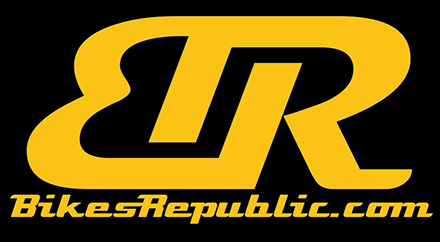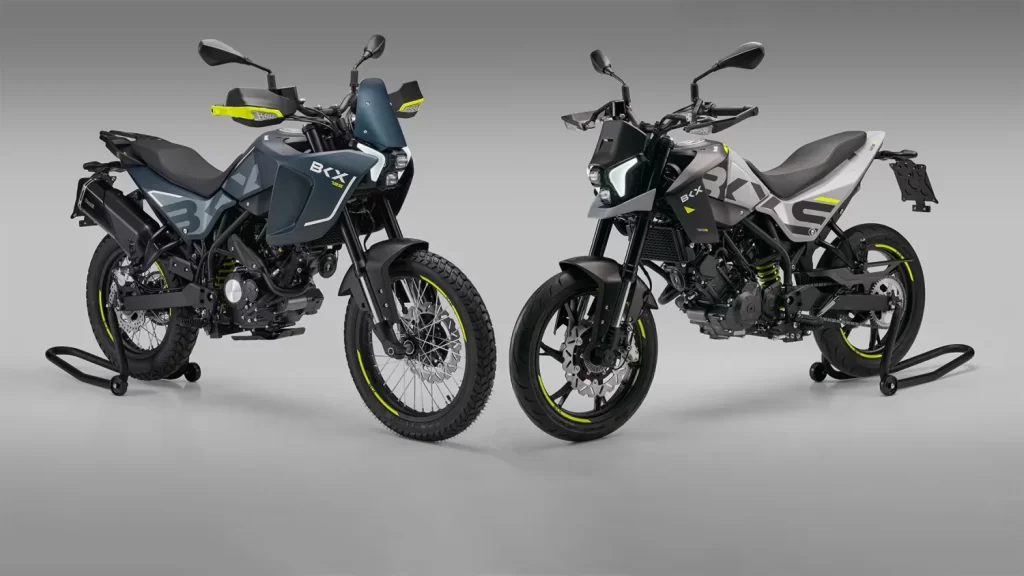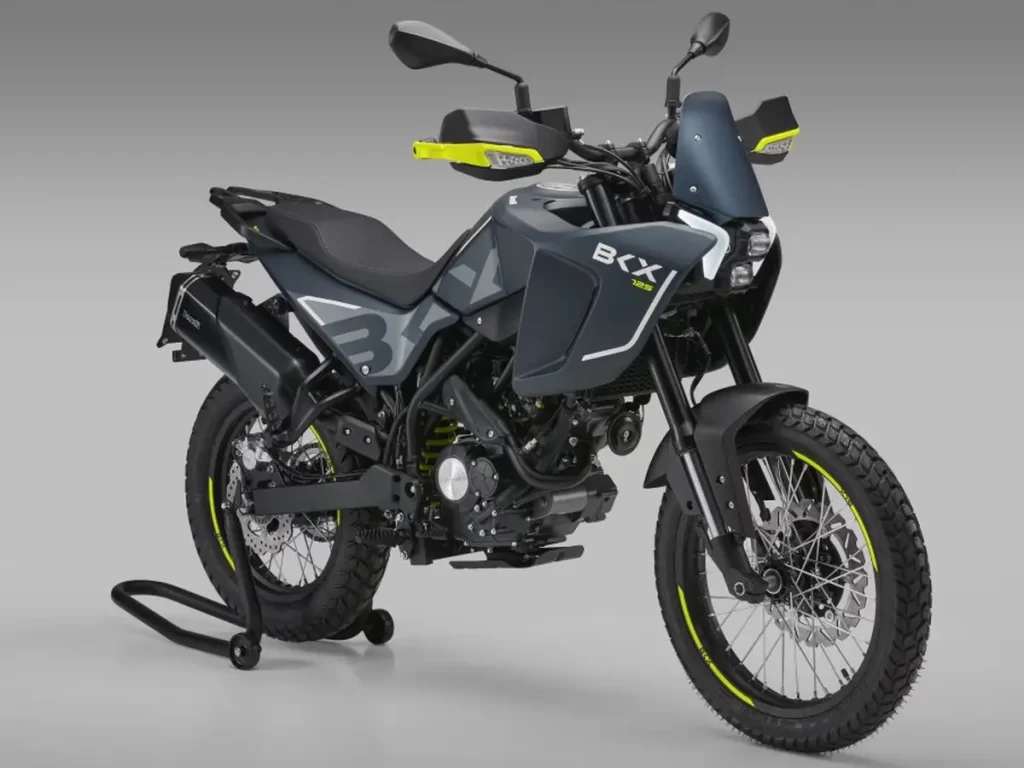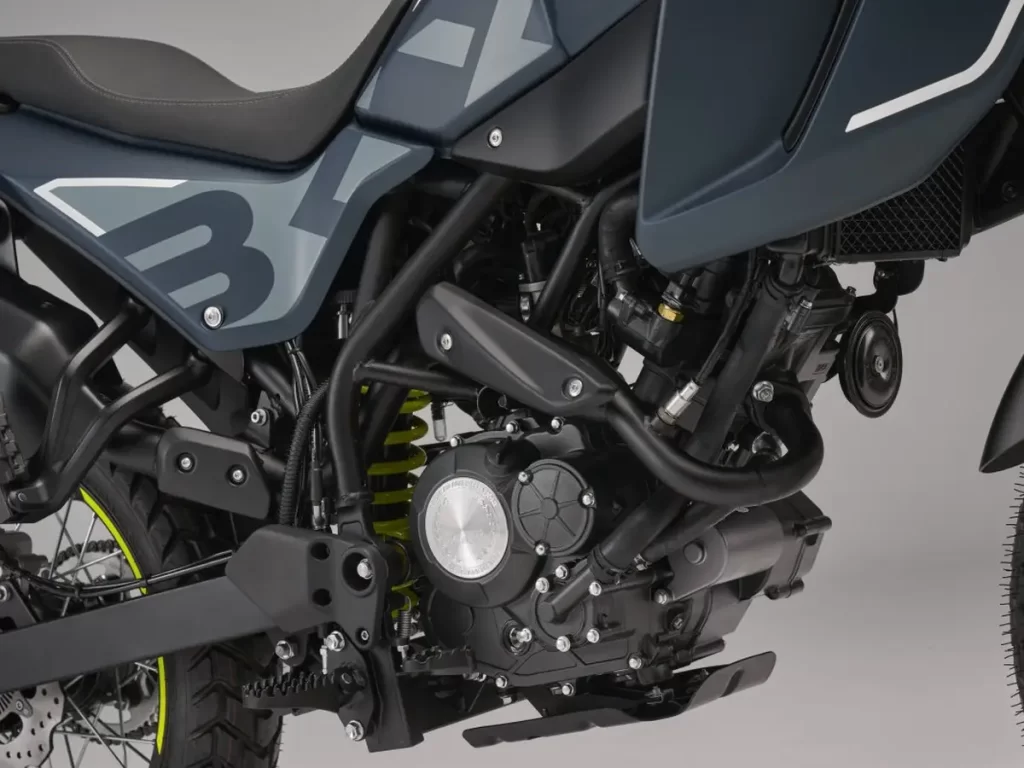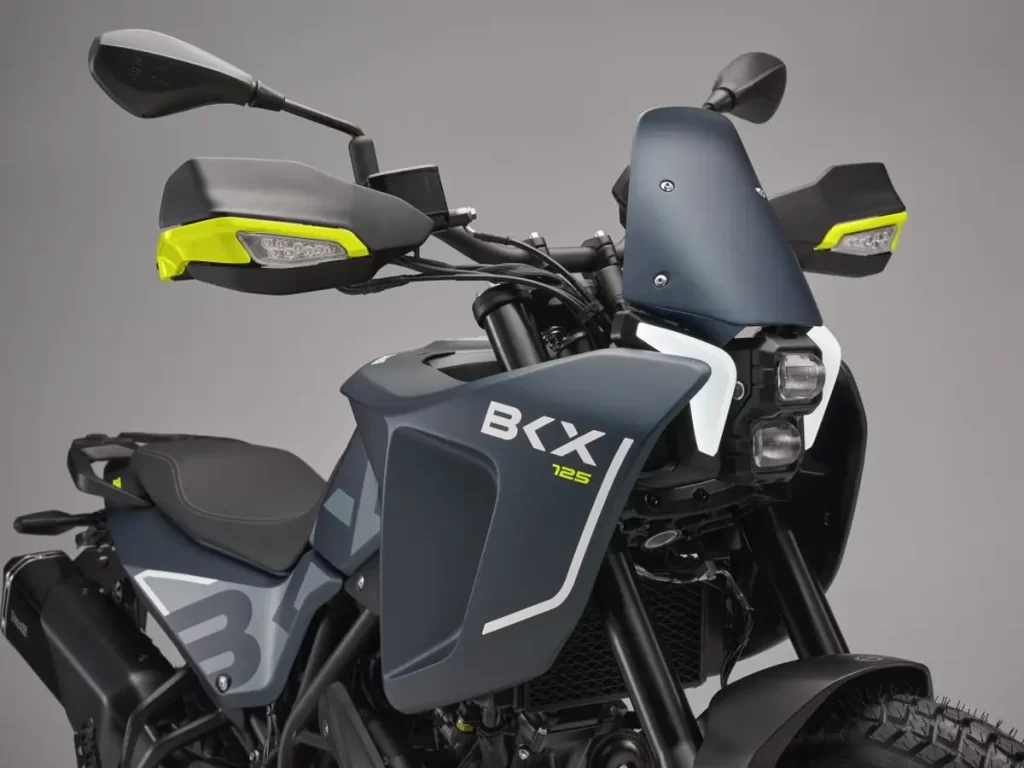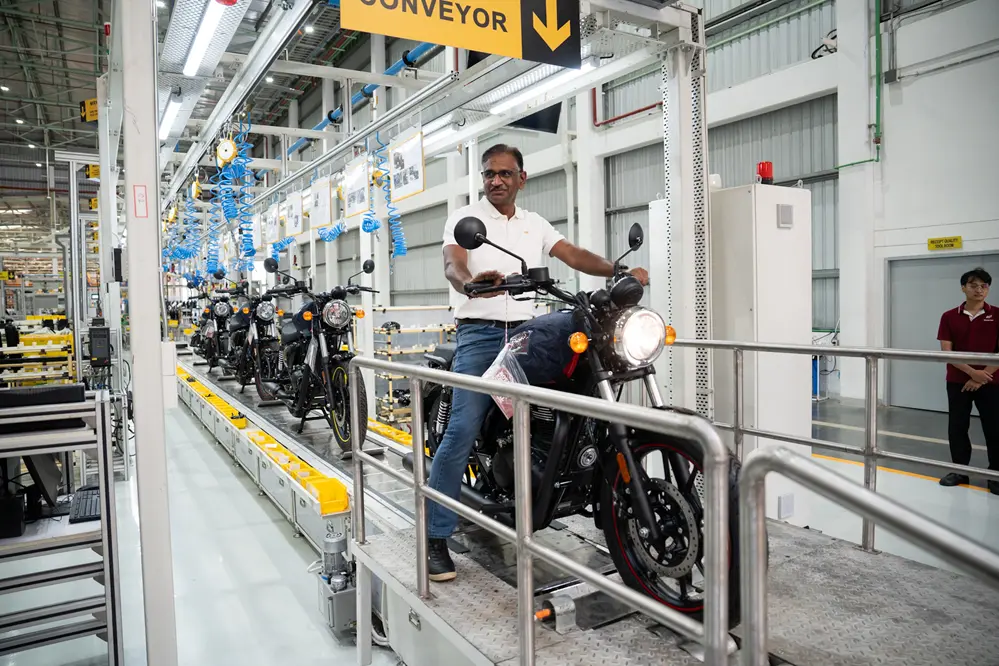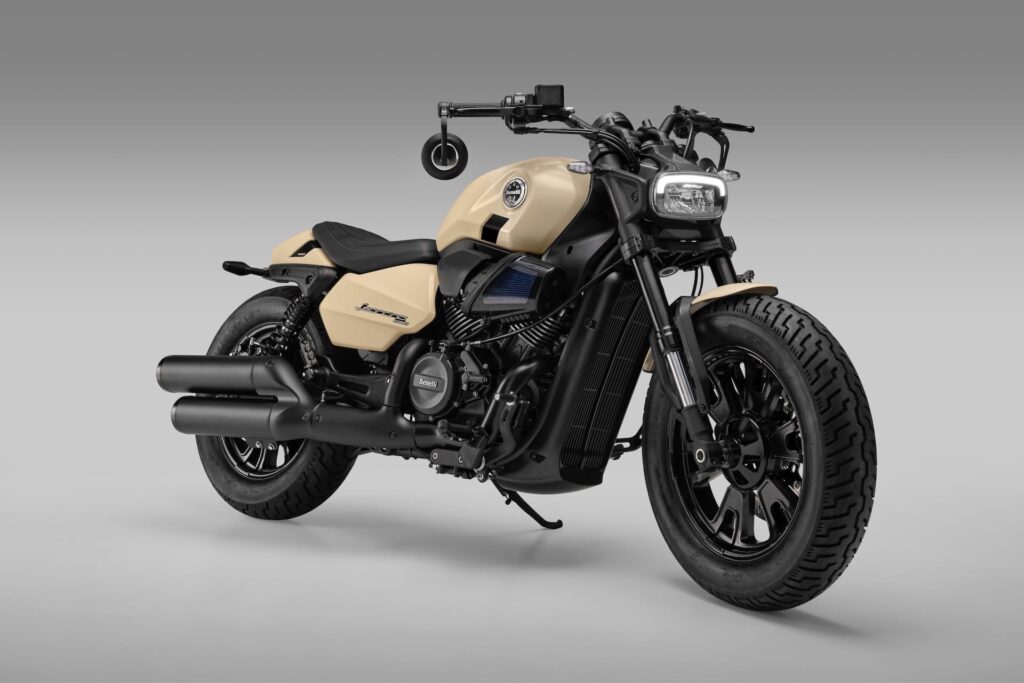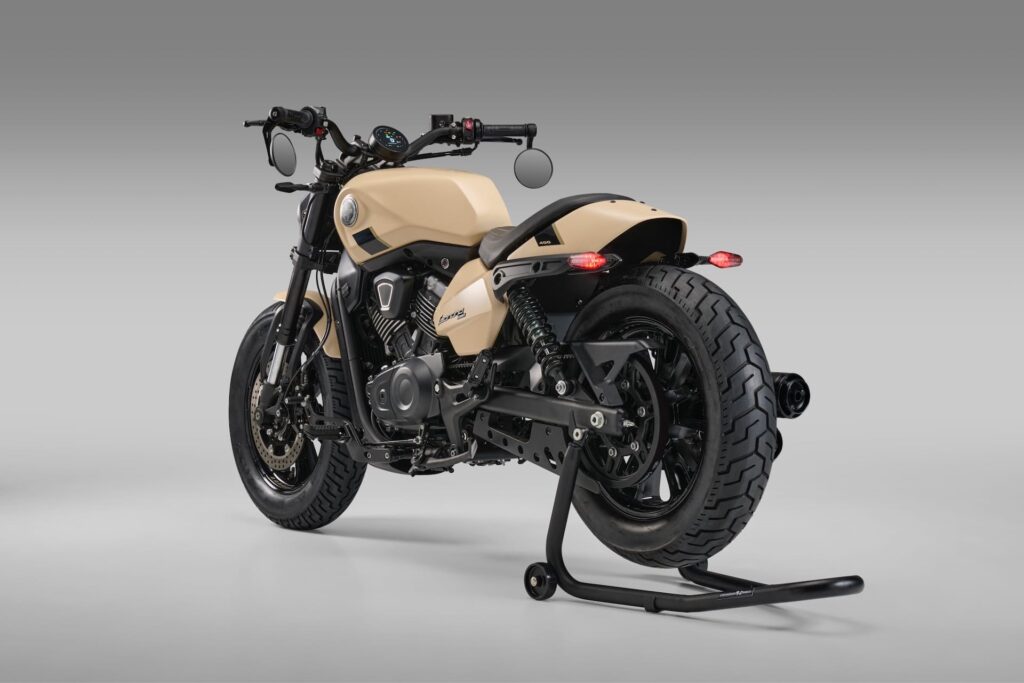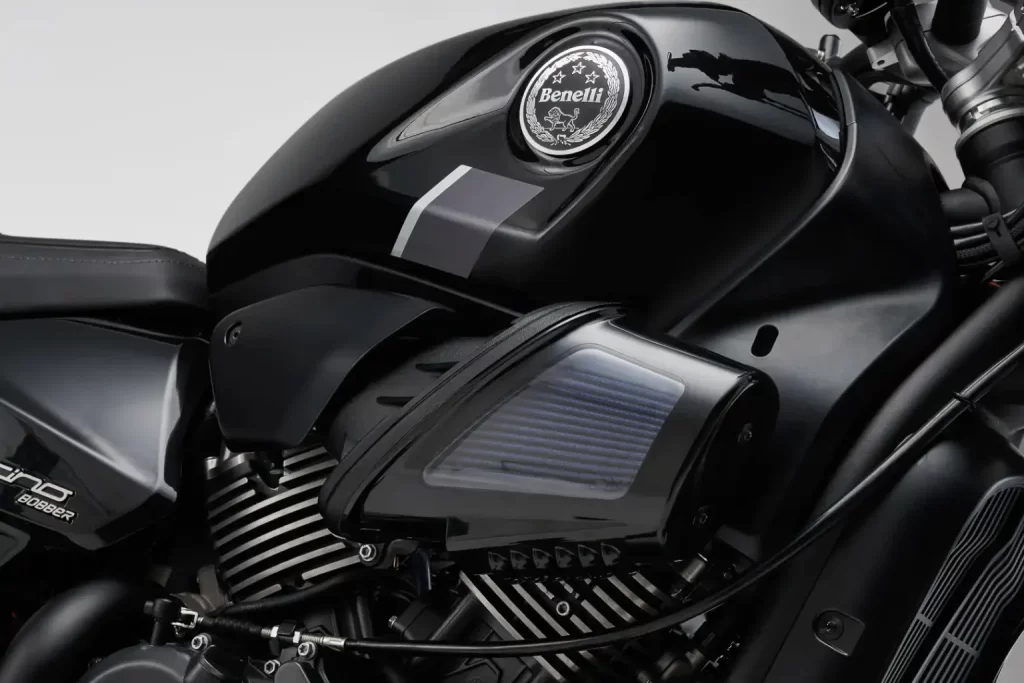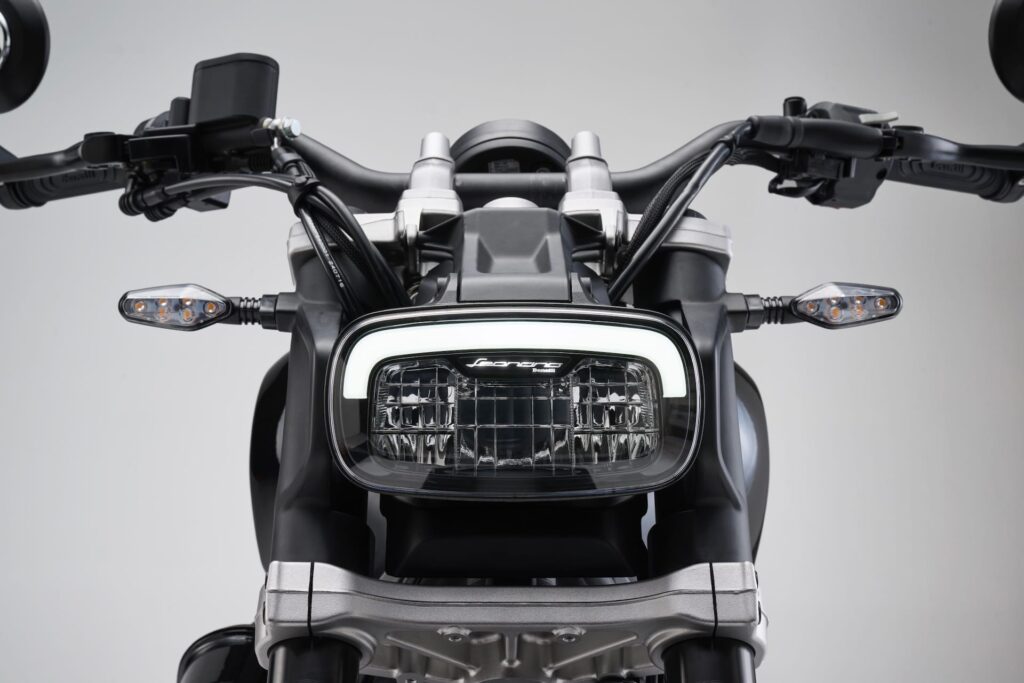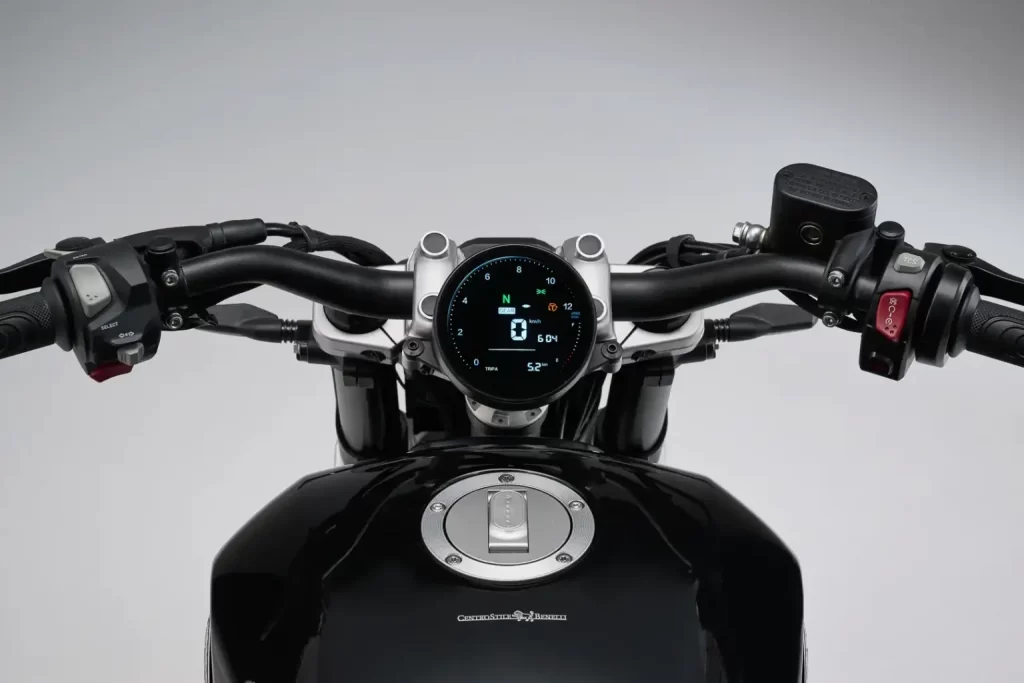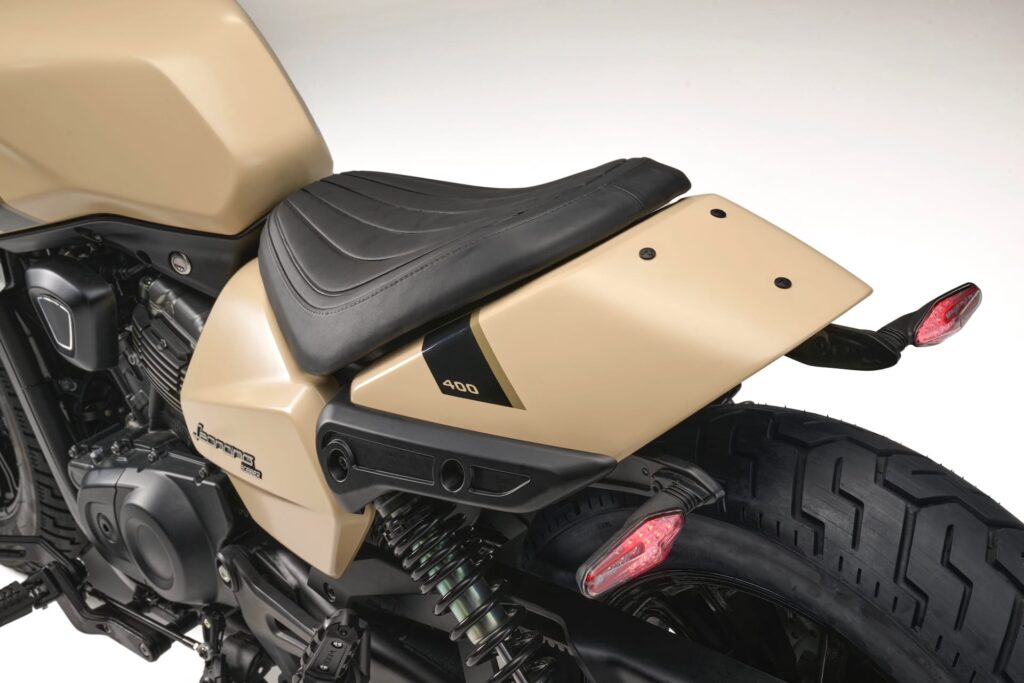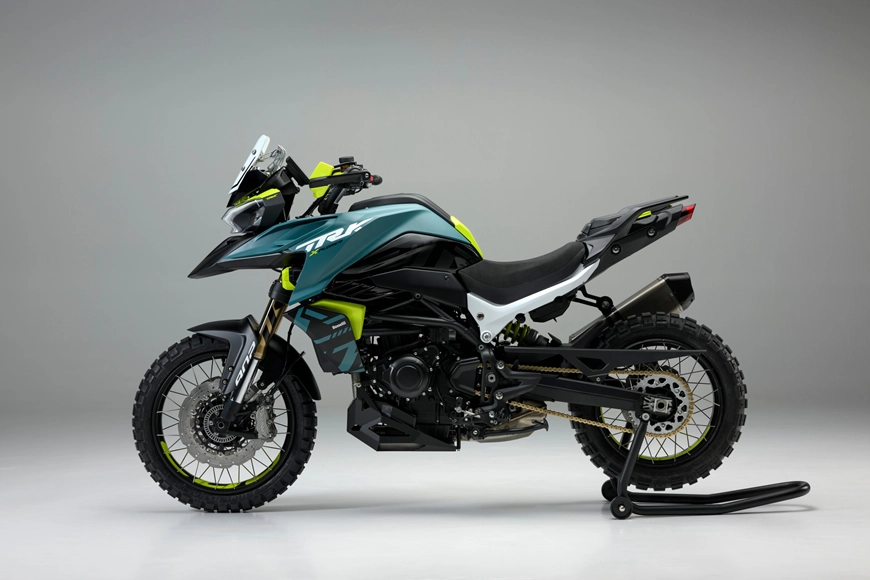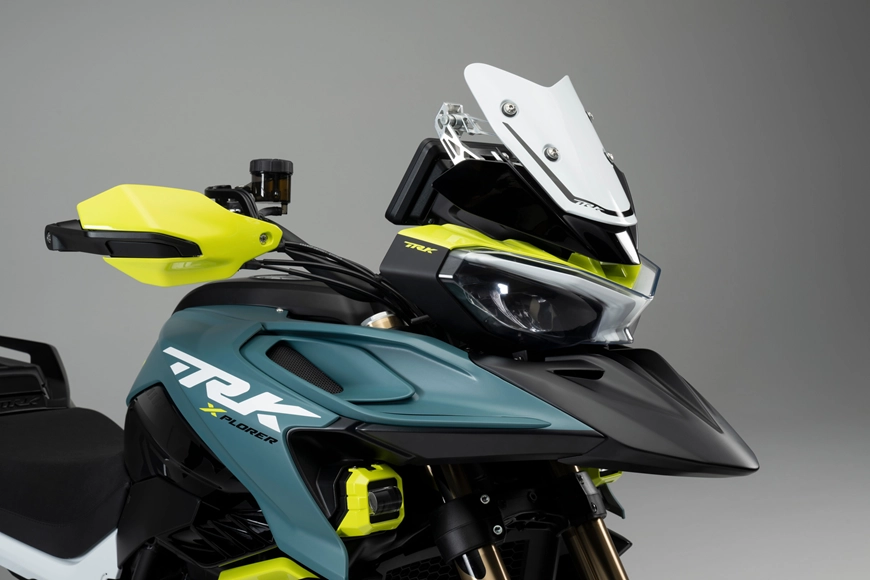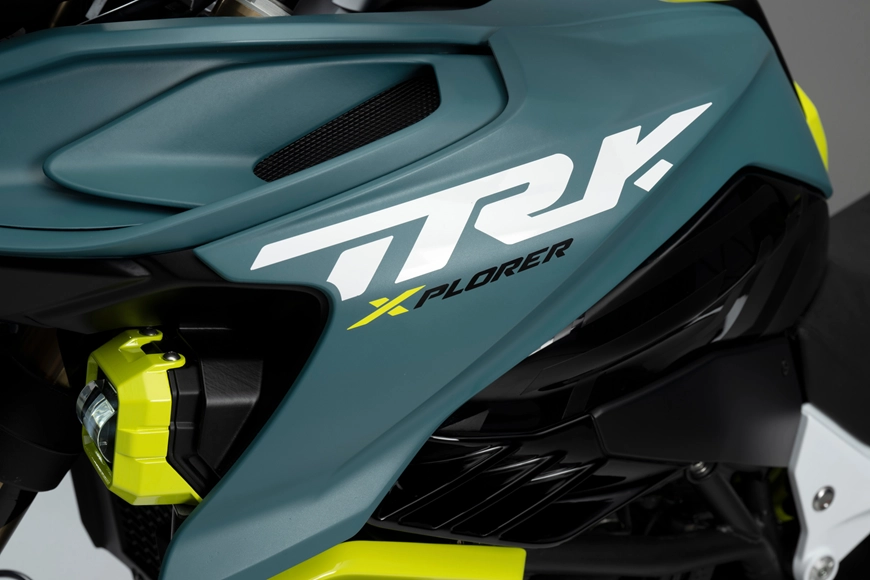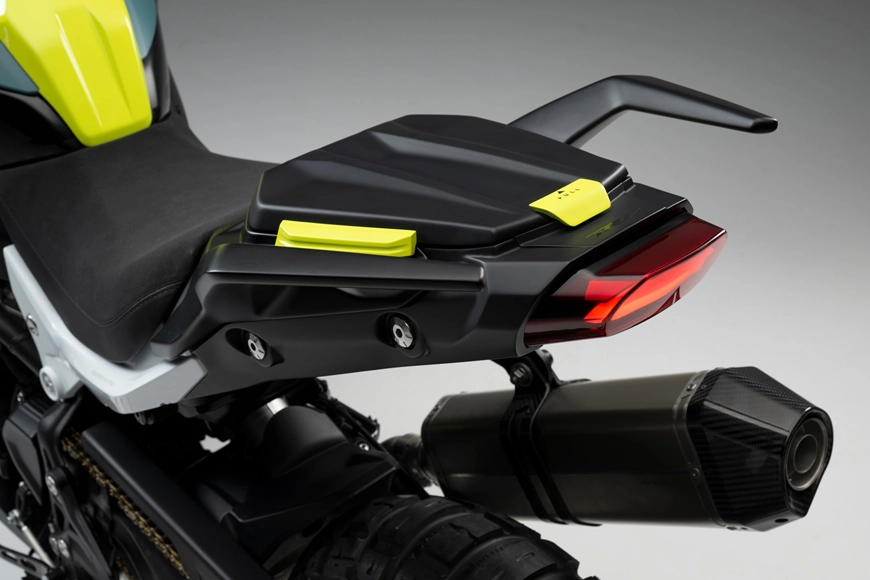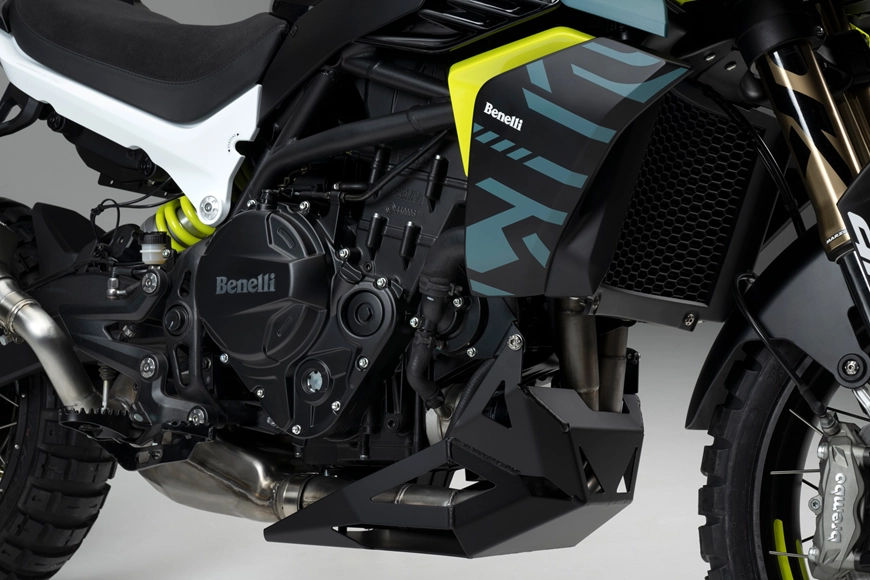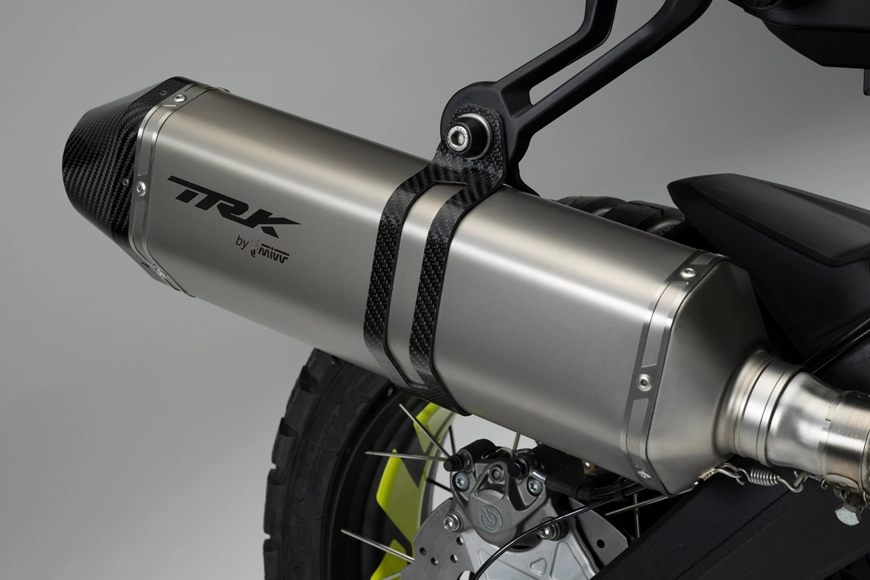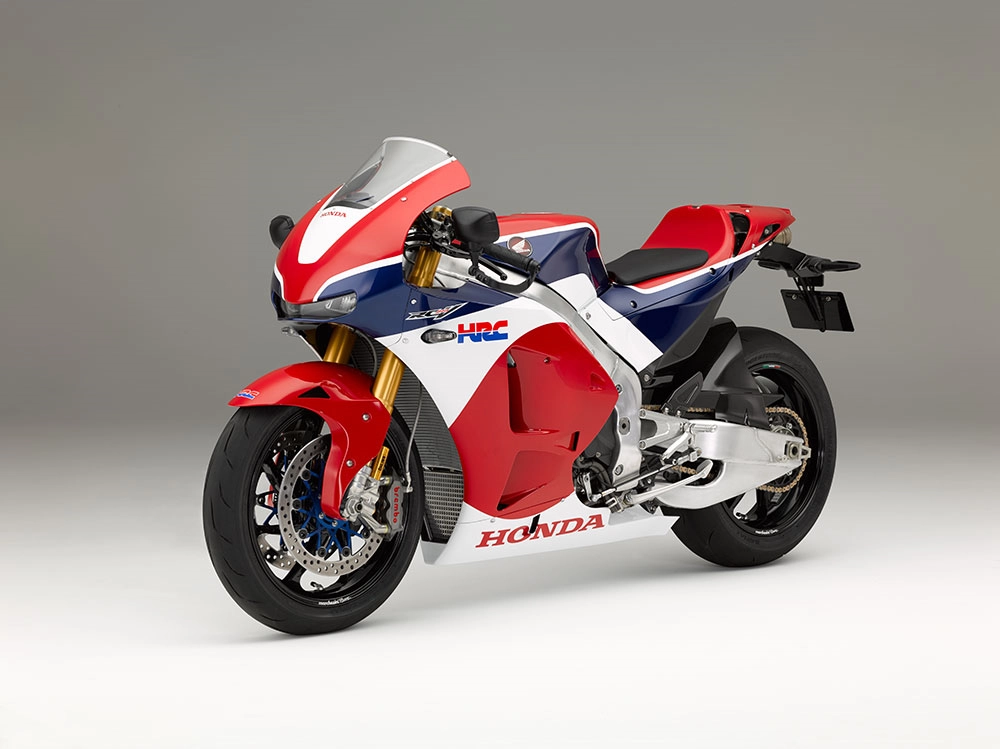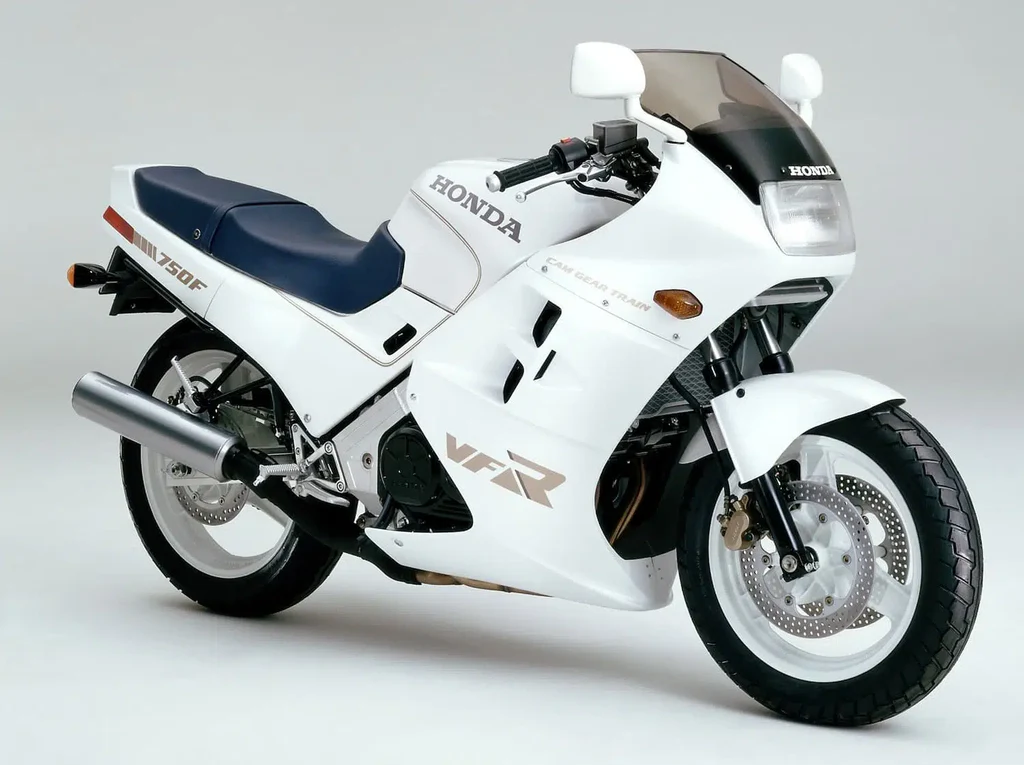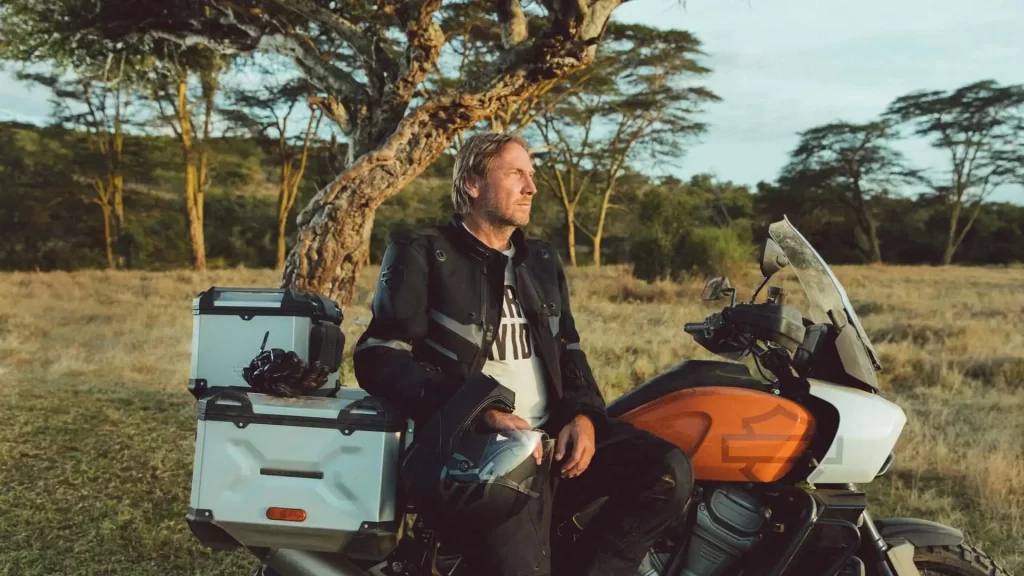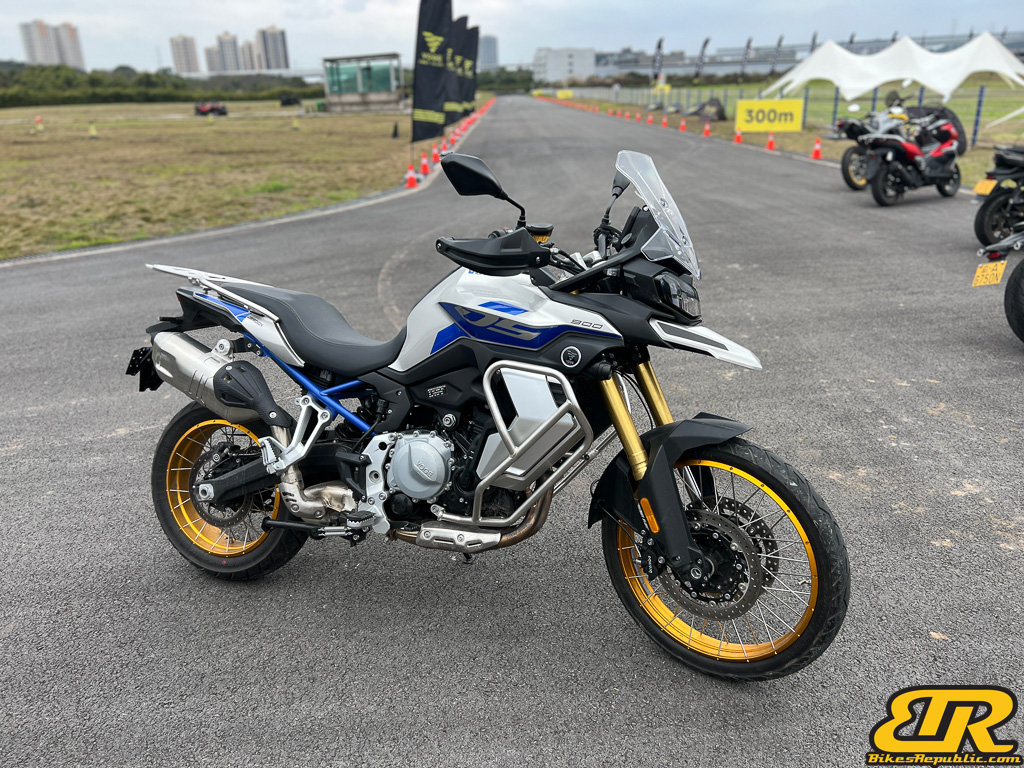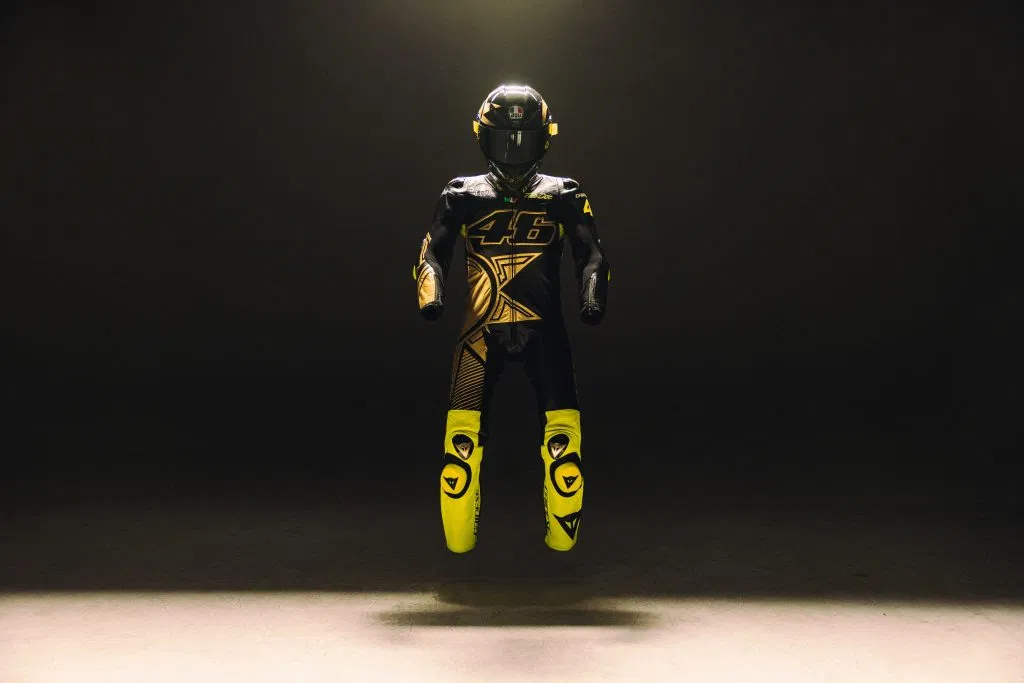Aprilia had won the Africa Eco Race rally in 2023 in their first attempt with the Tuareg 660. And now, they will be back to defend the win with a 2025 Aprilia Tuareg 660 Rally.
The race will take place from 28 December and conclude on 12 January, again with Jacopo Cerutti, Francesco Montanari and Marco Menichini. It was Cerutti who won last year’s race.
The Rally version of the Tuareg 660 is new for 2025 and features new distinctive race graphics, going alongside the standard 660 which receives the usual Aprilia Racing colourway and several other variants including a ‘Dakar Podium’ colour scheme, Martian Red, Acid Gold, Indaco Tagelmust and Canyon Sand.

Montanari is no stranger to the Africa Eco Rally as he joins the fold for the 2025 edition, while Menichini is a new entrant to the race and will feature as part of the ‘Junior class’ which is designed for riders under 25 years of age.
Ahead of the event, Cerutti said: “The dream is to win again, in spite of the fact that there are almost 4,000 km of timed sections extremely demanding along the way where anything can happen. In the Africa Eco Race, navigation is always a huge challenge and each day can hold surprises all the way to the last mile.
Aprilia Racing CEO Massimo Rivola also spoke about the upcoming event as the Noale-based brand is keen to make another statement. “After last year’s outstanding performance, it’s hard not to be optimistic about this edition, although being defending champs comes with great responsibility. It won’t be easy to repeat the performance, partly because our rivals are even more prepared. Jacopo is in grand form and he is determined to demonstrate his full potential.
“We are also counting on Montanari’s experience, who showed us his value last year, and on Marco Menichini’s skills in the Junior class. We are confident in the Guareschi Team’s great performance.”
